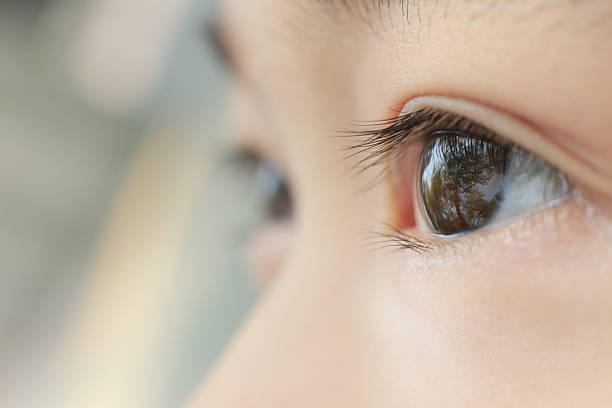Beyond common and acquired ocular disorders, there are several rare conditions and inherited disorders that can be detected through screening and/or comprehensive eye examinations in adulthood. It is estimated that around 2,000 Singaporeans are affected by an inherited retinal disease (SingHealth, Genomic Medicine Centre, 2023), though a recent study placed the figure at around 5,200 cases for the country (Chay et al., 2023).
Retinitis Pigmentosa
Retinitis Pigmentosa and Leber’s Congenital Amaurosis are two inherited retinal disorders (IRDs) that cause vision deficits due to mutations in a person’s genome. The mutations result in expression of altered protein forms, which then interferes with the delicate biochemical homeostasis of our eyes, specifically photoreceptors. Retinitis Pigmentosa tends to manifest symptoms in adolescence or early adulthood and is the term for several different eye disease with different underlying genetic causes, at this point involving over 100 different gene loci. What starts as a malfunction in rod cells can result in varying degrees of visual impairment like night blindness and peripheral sight loss. This may worsen to include other photoreceptor types and therefore colour and central vision.
While no easy cures or preventives currently exist, screening kits are available to detect genetic risks through blood samples. Where these are not accessible, special retinal scanning and AI diagnostics may soon be able to provide reasonable guesses as to underlying genetic causes. Gene therapies for a few types of IRDs are in the early stages in several countries, and clinical trials are ongoing for others.
Besides national efforts, several private online support communities exist to help patients with living well despite the condition, provide information about low vision resources, and connect them to relevant diagnostic resources and clinical trials.
- For children in Singapore, iC2 PrepHouse
- Foundation Fighting Blindness (Maryland, USA)
- Envisioned : Asia Pacific Inherited Eye Disease (APIED) Network Wong et al., 2024)
References & Resources
- Chay, J., Tang, R.W.C., Tan, TE. et al. (2023). The economic burden of inherited retinal disease in Singapore: a prevalence-based cost-of-illness study. Eye, 37, 3827–3833 (2023). https://doi.org/10.1038/s41433-023-02624-7
- Philippidis, A. (2025, August 5). 3 BLAs in 3 Years: Ocugen Sees Potential in Eye Disease Gene Therapies. Gen Edge.
- Wong, W. M. (2024). Rationale and protocol paper for the Asia Pacific Network for inherited eye diseases. Asia-Pacific Journal of Ophthalmology, 13(1), 100030. https://doi.org/10.1016/j.apjo.2023.100030





